Home>Furniture & Design>Outdoor Furniture>What Wire To Use For Outdoor Lighting
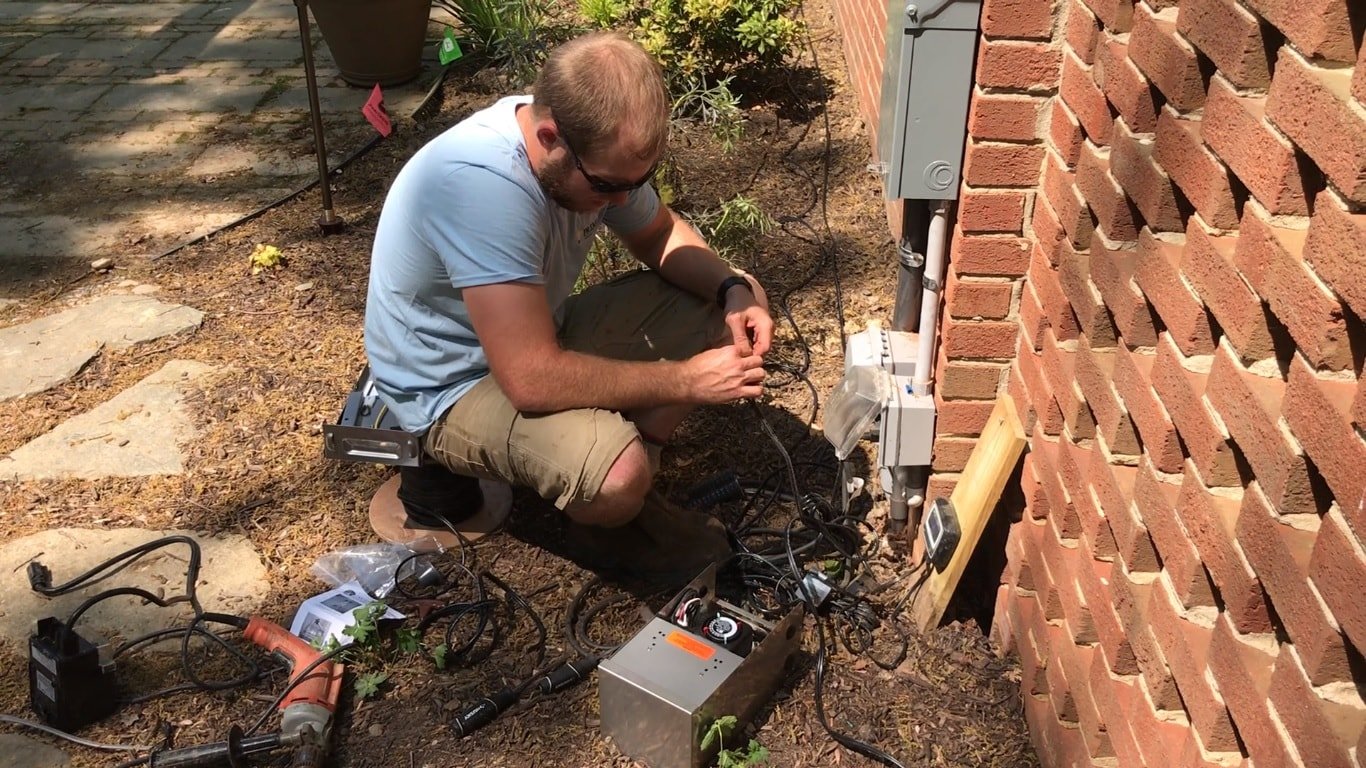

Outdoor Furniture
What Wire To Use For Outdoor Lighting
Modified: February 18, 2024
Discover the best wire to use for outdoor lighting and ensure a safe and efficient setup for your outdoor furniture, design, and lighting needs. Explore our expert tips and recommendations.
(Many of the links in this article redirect to a specific reviewed product. Your purchase of these products through affiliate links helps to generate commission for Storables.com, at no extra cost. Learn more)
Introduction
When it comes to creating an inviting outdoor space, lighting plays a pivotal role in setting the ambiance and enhancing the overall aesthetic appeal. Whether you're illuminating a cozy patio, a sprawling garden, or a charming pathway, outdoor lighting can transform the atmosphere and extend the usability of your outdoor area well into the evening hours.
However, to ensure that your outdoor lighting system operates efficiently and safely, it's crucial to pay attention to the often-overlooked component that connects it all together: the wire. Selecting the appropriate wire for outdoor lighting is not only essential for delivering power to the fixtures but also for withstanding the harsh outdoor elements and maintaining the integrity of the system over time.
In this comprehensive guide, we'll delve into the crucial factors to consider when choosing wire for outdoor lighting, explore the different types of wire available, and discuss the significance of selecting the right gauge for your specific outdoor lighting needs. By the end of this journey, you'll be equipped with the knowledge to make informed decisions and elevate your outdoor lighting experience. Let's embark on this illuminating exploration together!
Key Takeaways:
- Choose the right wire for outdoor lighting by considering weather resistance, durability, load capacity, installation environment, code compliance, and future expansion. This ensures a safe and long-lasting lighting system for your outdoor space.
- Different types of wire, such as UF wire, THWN/THWN-2 wire, direct burial cable, low-voltage wire, and outdoor-rated extension cords, are designed to withstand outdoor challenges. Select the most suitable wire type for your specific outdoor lighting needs to ensure reliability and longevity.
Read more: What Size Wire For Outdoor Lighting
Factors to Consider When Choosing Wire for Outdoor Lighting
When embarking on a project to illuminate your outdoor space, selecting the appropriate wire for your lighting system is a critical decision that directly impacts the performance and safety of the installation. Several key factors should guide your wire selection process:
- Weather Resistance: Outdoor lighting wires are constantly exposed to the elements, including rain, snow, and UV rays. Choosing wire specifically designed to withstand these conditions is paramount to ensure longevity and safety.
- Durability: The wire must withstand physical wear and tear, such as being buried underground or run along the exterior of buildings, without compromising its functionality.
- Load Capacity: Different outdoor lighting systems have varying power requirements. Ensuring that the chosen wire can handle the electrical load without overheating is crucial for safety and performance.
- Installation Environment: Consider the specific installation environment, such as burying wire underground, running it through conduit, or exposing it to direct sunlight, and choose wire that is suitable for these conditions.
- Code Compliance: Adhering to local building codes and regulations is essential. Selecting wire that meets or exceeds the required standards ensures a compliant and safe installation.
- Future Expansion: If there is a possibility of expanding or modifying the outdoor lighting system in the future, choosing wire with additional capacity can save time and effort down the line.
By carefully considering these factors, you can make an informed decision when selecting the wire for your outdoor lighting project, ensuring that it meets the specific requirements of your installation and delivers reliable, long-lasting performance.
Types of Wire for Outdoor Lighting
When it comes to outdoor lighting, various types of wire are available, each designed to meet specific needs and installation requirements. Understanding the characteristics of different wire types can help you make an informed decision for your outdoor lighting project:
- UF (Underground Feeder) Wire: This type of wire is specifically designed for direct burial underground. It is resistant to moisture and can withstand exposure to soil, making it an ideal choice for outdoor lighting installations that require wires to be buried.
- THWN or THWN-2 Wire: Commonly used for outdoor applications, THWN (Thermoplastic Heat and Water-resistant Nylon-coated) or its updated version, THWN-2, is suitable for both wet and dry locations. It is versatile and can be installed in conduit or cable trays, providing flexibility for outdoor lighting setups.
- Direct Burial Cable: Similar to UF wire, direct burial cables are designed for underground installation without the need for conduit. They are insulated to protect against moisture and soil, making them a reliable choice for outdoor lighting systems that require underground wiring.
- Low-Voltage Wire: For low-voltage outdoor lighting systems, such as LED landscape lighting, low-voltage wire is used to connect the fixtures to the transformer. It is lightweight, flexible, and typically designed for direct burial or outdoor use, catering to the specific requirements of low-voltage lighting setups.
- Outdoor-Rated Extension Cord: In certain temporary outdoor lighting setups, an outdoor-rated extension cord can be utilized to power the fixtures. It is important to ensure that the extension cord is designed for outdoor use and is suitable for the power requirements of the lighting system.
Each type of wire serves a distinct purpose and is engineered to withstand the unique challenges posed by outdoor environments. By selecting the appropriate wire type for your specific outdoor lighting application, you can ensure reliable performance and longevity for your lighting system.
When choosing wire for outdoor lighting, use a type that is specifically rated for outdoor use, such as UF (underground feeder) or THWN (thermoplastic heat and water resistant nylon). These types of wire are designed to withstand the elements and ensure safety for your outdoor lighting setup.
Selecting the Right Gauge for Outdoor Lighting
Choosing the right gauge of wire is crucial for the safe and efficient operation of outdoor lighting systems. The gauge, or thickness, of the wire directly impacts its ability to carry the electrical current over a specific distance without experiencing excessive voltage drop. Here are key considerations for selecting the right gauge for your outdoor lighting:
- Wire Length and Voltage Drop: Longer wire runs and higher wattage fixtures require a lower gauge (thicker) wire to minimize voltage drop. Calculating the voltage drop based on the wire length and the total wattage of the lighting system is essential for determining the appropriate gauge.
- Amperage and Load: Understanding the amperage requirements of the lighting fixtures and the total load on the circuit helps in selecting the wire gauge that can safely carry the current without overheating.
- Transformer Compatibility: For low-voltage outdoor lighting systems powered by a transformer, the transformer’s compatibility with specific wire gauges should be considered. Some transformers may have recommendations for the maximum wire length and gauge to ensure optimal performance.
- Future Expansion and Flexibility: If there is a possibility of expanding the outdoor lighting system in the future, choosing a slightly larger gauge wire can provide flexibility and accommodate additional fixtures without the need for rewiring.
- Environmental Factors: Consider the outdoor environment, including temperature variations and exposure to moisture, when selecting the wire gauge. Thicker wire with a lower gauge may offer better resilience to environmental stresses.
It’s important to consult with a qualified electrician or lighting professional to determine the appropriate wire gauge based on the specific requirements of your outdoor lighting project. By considering the factors mentioned above and seeking expert guidance, you can ensure that the chosen wire gauge supports the safe and efficient operation of your outdoor lighting system.
Conclusion
As you venture into the realm of outdoor lighting, the significance of selecting the right wire for your lighting system cannot be overstated. By considering crucial factors such as weather resistance, durability, load capacity, installation environment, code compliance, and future expansion, you can make an informed decision that ensures the long-term performance and safety of your outdoor lighting setup.
Understanding the various types of wire available, including UF wire, THWN/THWN-2 wire, direct burial cable, low-voltage wire, and outdoor-rated extension cords, empowers you to choose the most suitable option for your specific outdoor lighting application. Each type of wire is engineered to withstand the unique challenges posed by outdoor environments, providing reliability and longevity for your lighting system.
When it comes to selecting the right gauge of wire for outdoor lighting, careful consideration of wire length, voltage drop, amperage, transformer compatibility, future expansion, and environmental factors is essential. Seeking guidance from professionals in the field can further aid in determining the appropriate wire gauge that supports the safe and efficient operation of your outdoor lighting system.
As you embark on your outdoor lighting journey, armed with the knowledge gleaned from this guide, you are well-equipped to make informed decisions that elevate the ambiance and functionality of your outdoor space. The right wire, chosen with care and consideration, serves as the unseen backbone of your outdoor lighting system, ensuring that your outdoor oasis is beautifully illuminated for years to come.
Frequently Asked Questions about What Wire To Use For Outdoor Lighting
Was this page helpful?
At Storables.com, we guarantee accurate and reliable information. Our content, validated by Expert Board Contributors, is crafted following stringent Editorial Policies. We're committed to providing you with well-researched, expert-backed insights for all your informational needs.
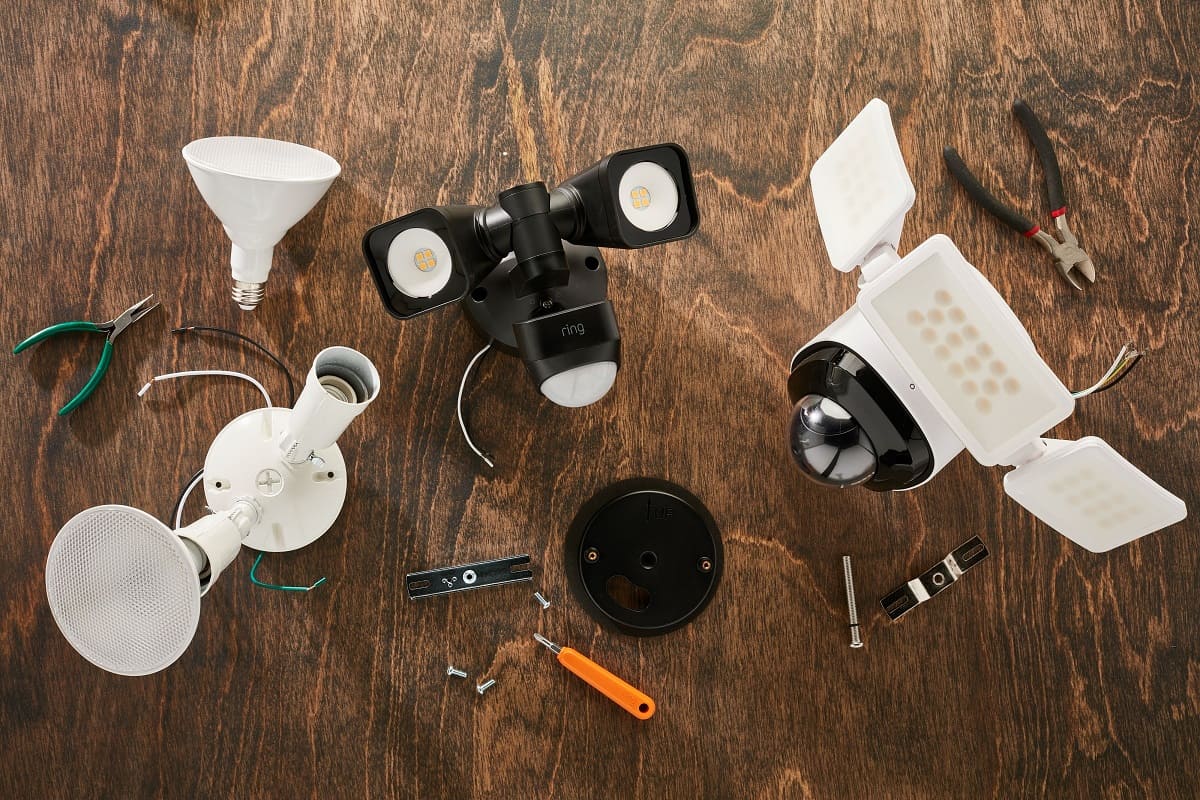
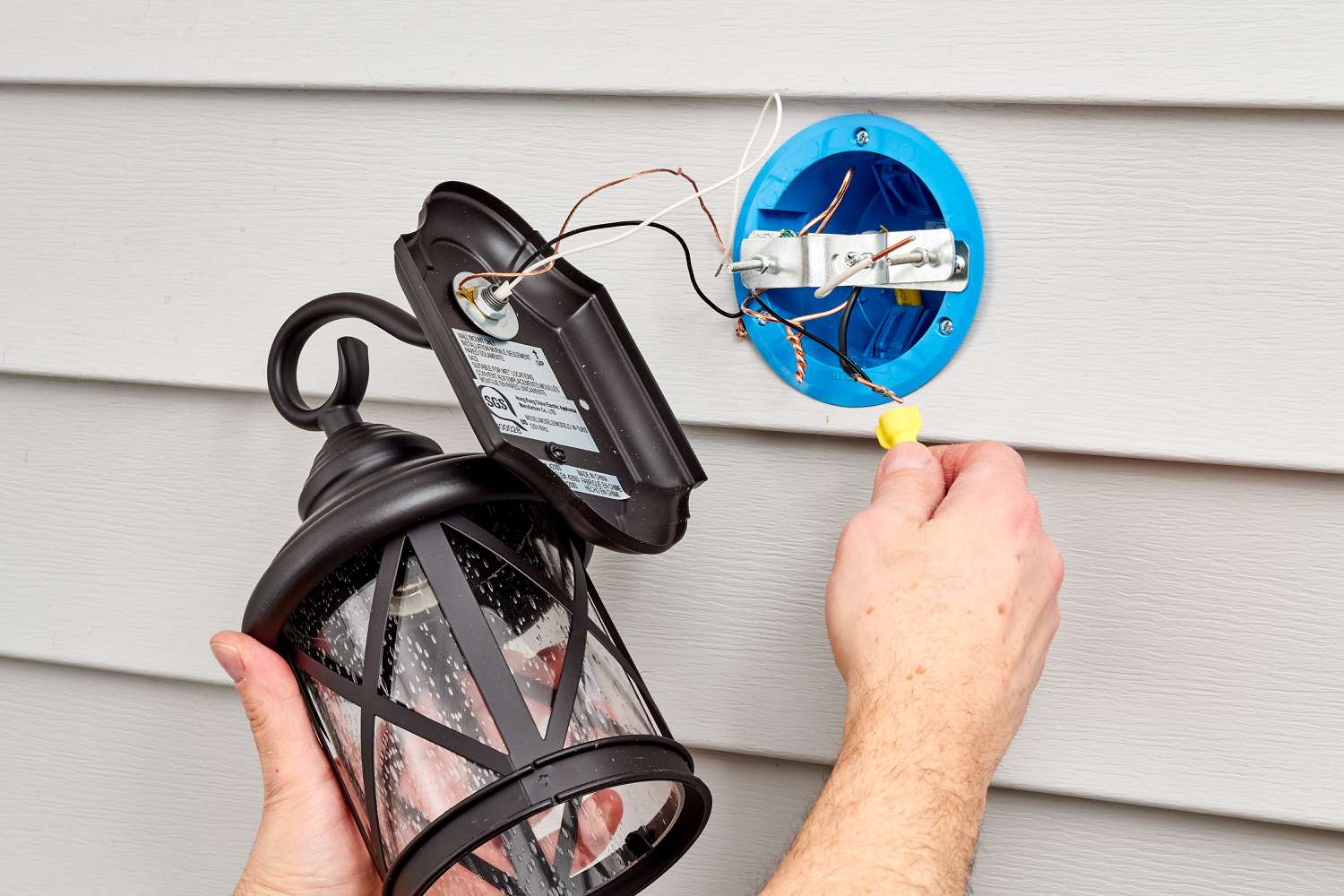
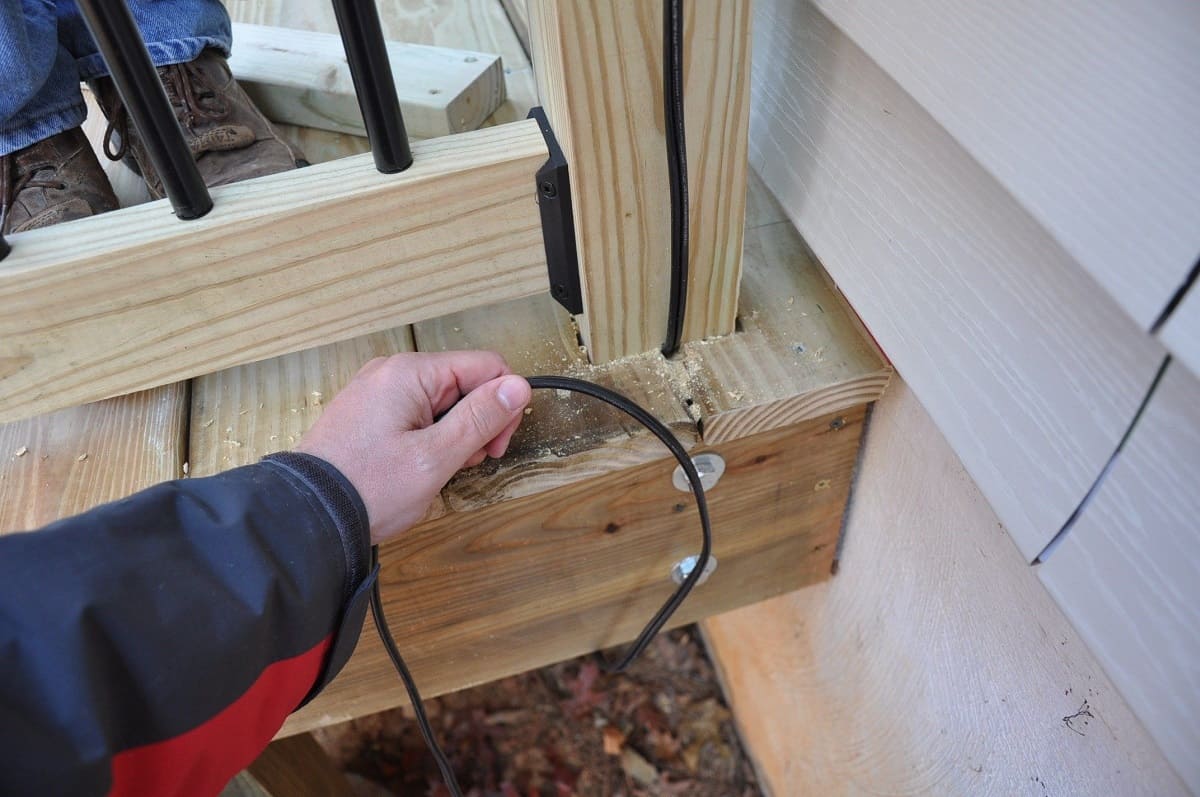
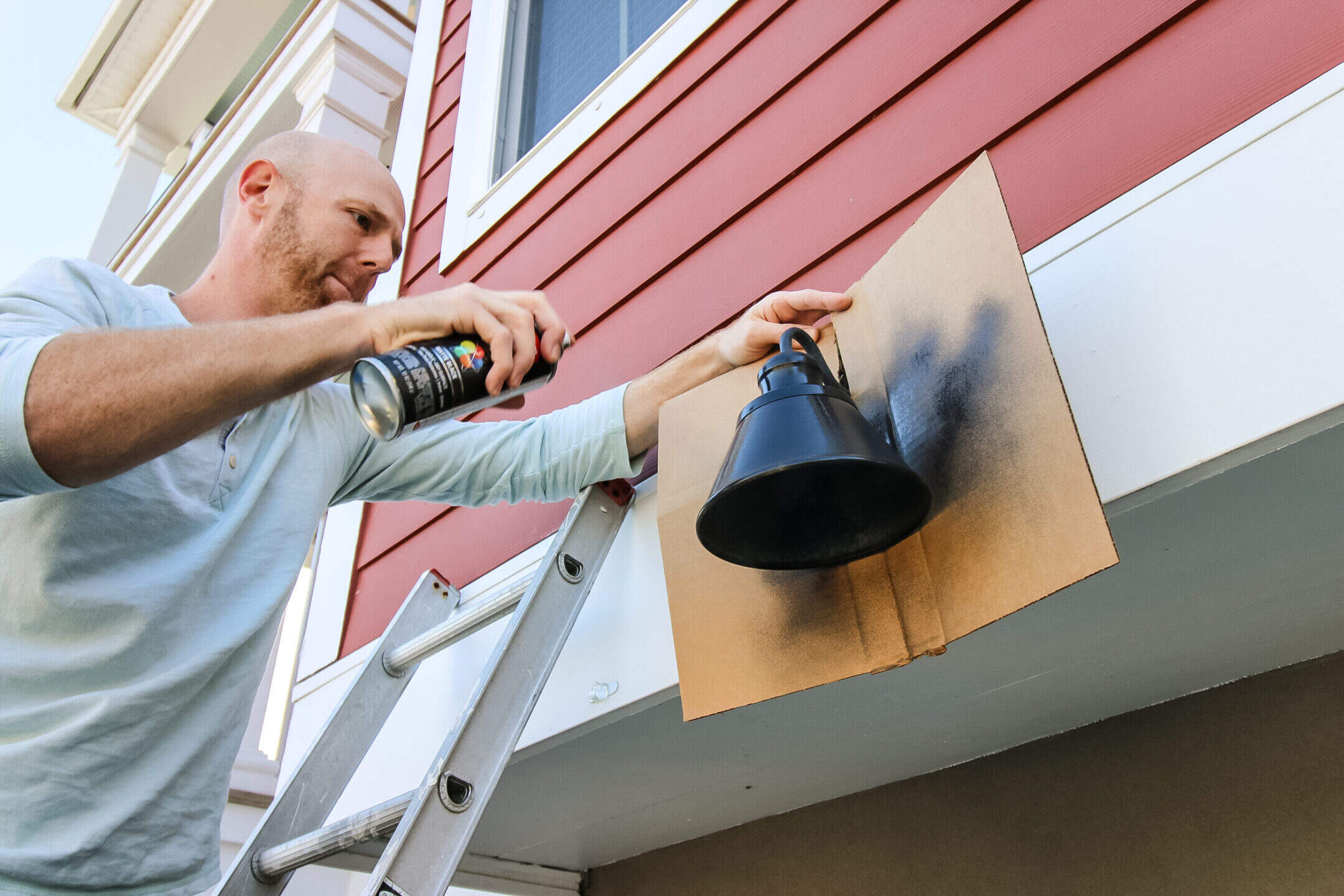
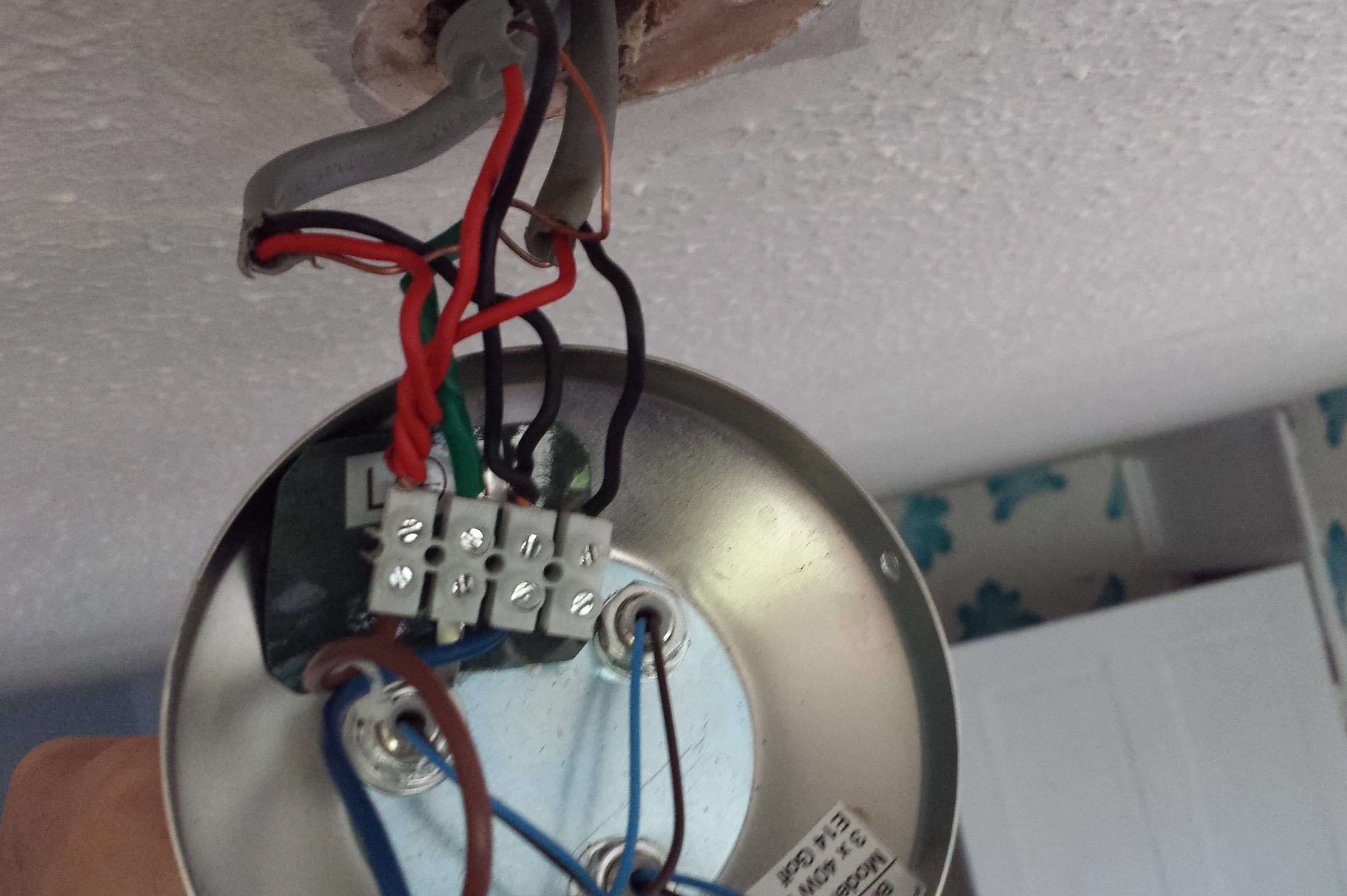
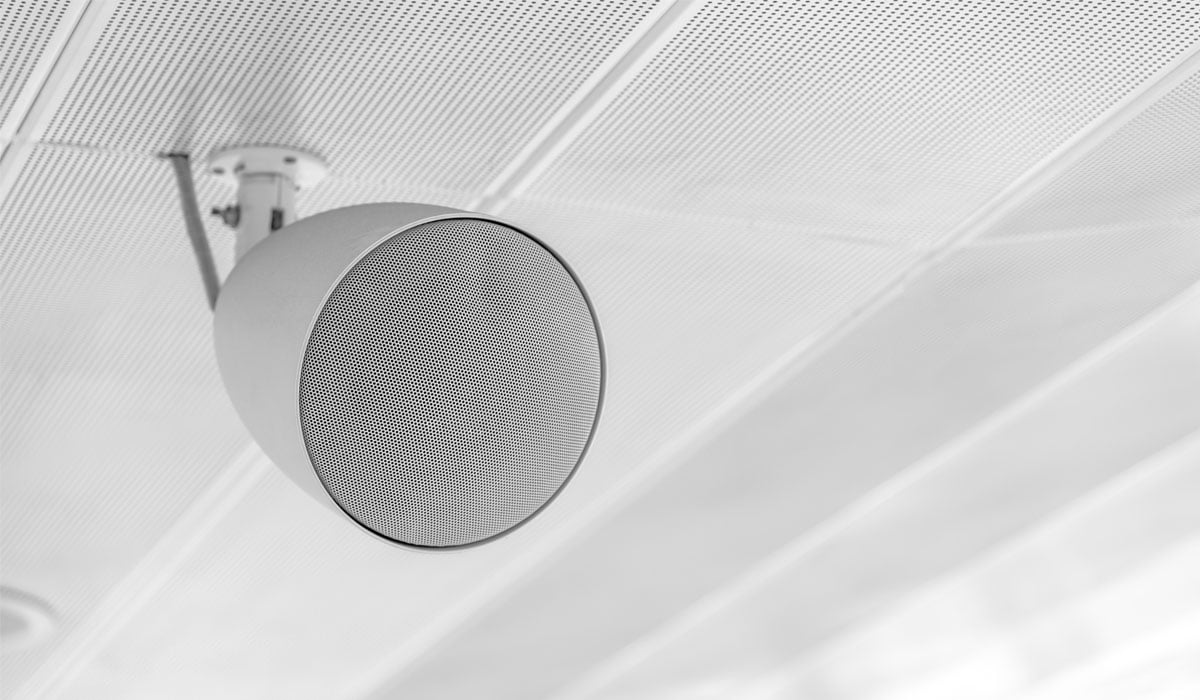
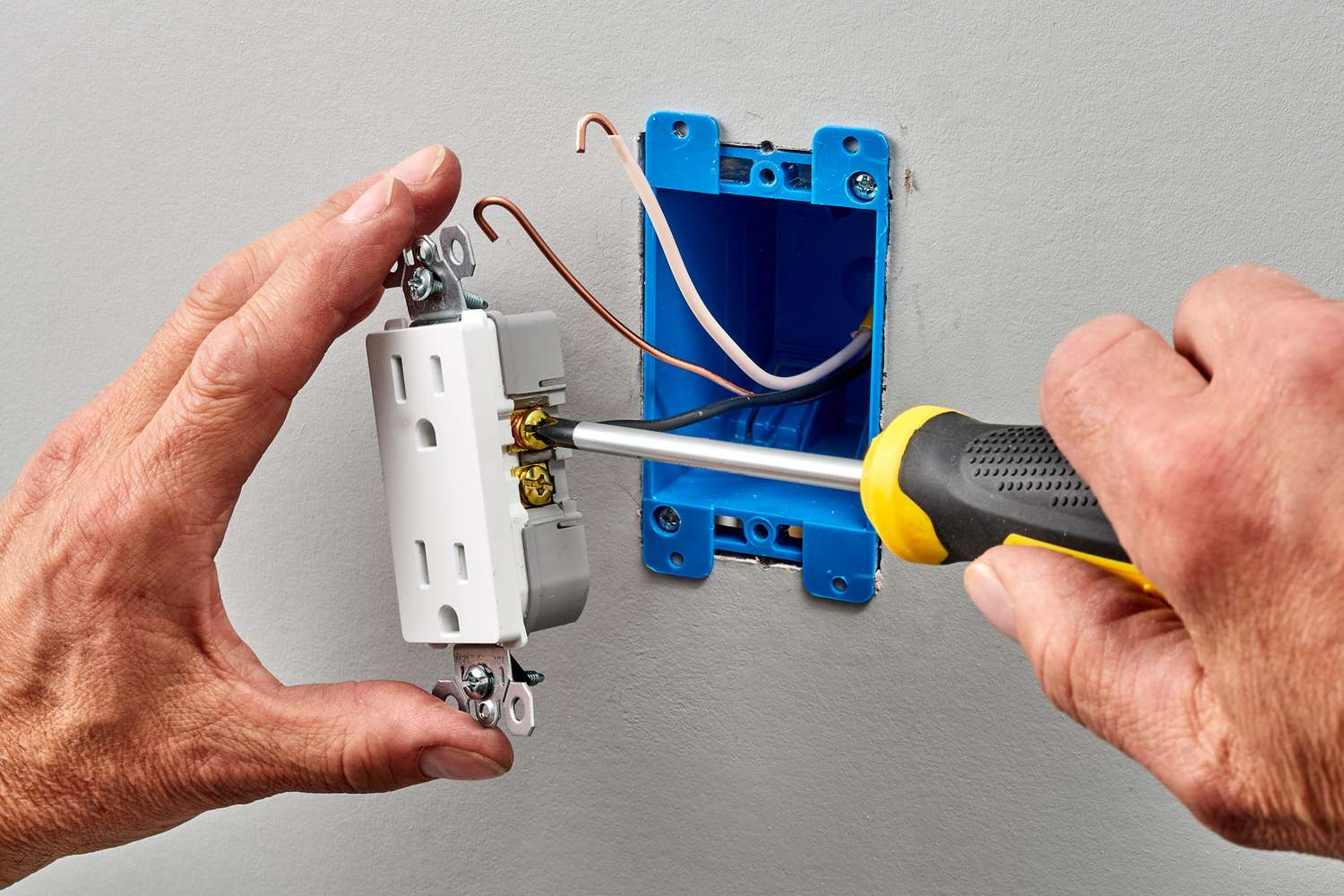
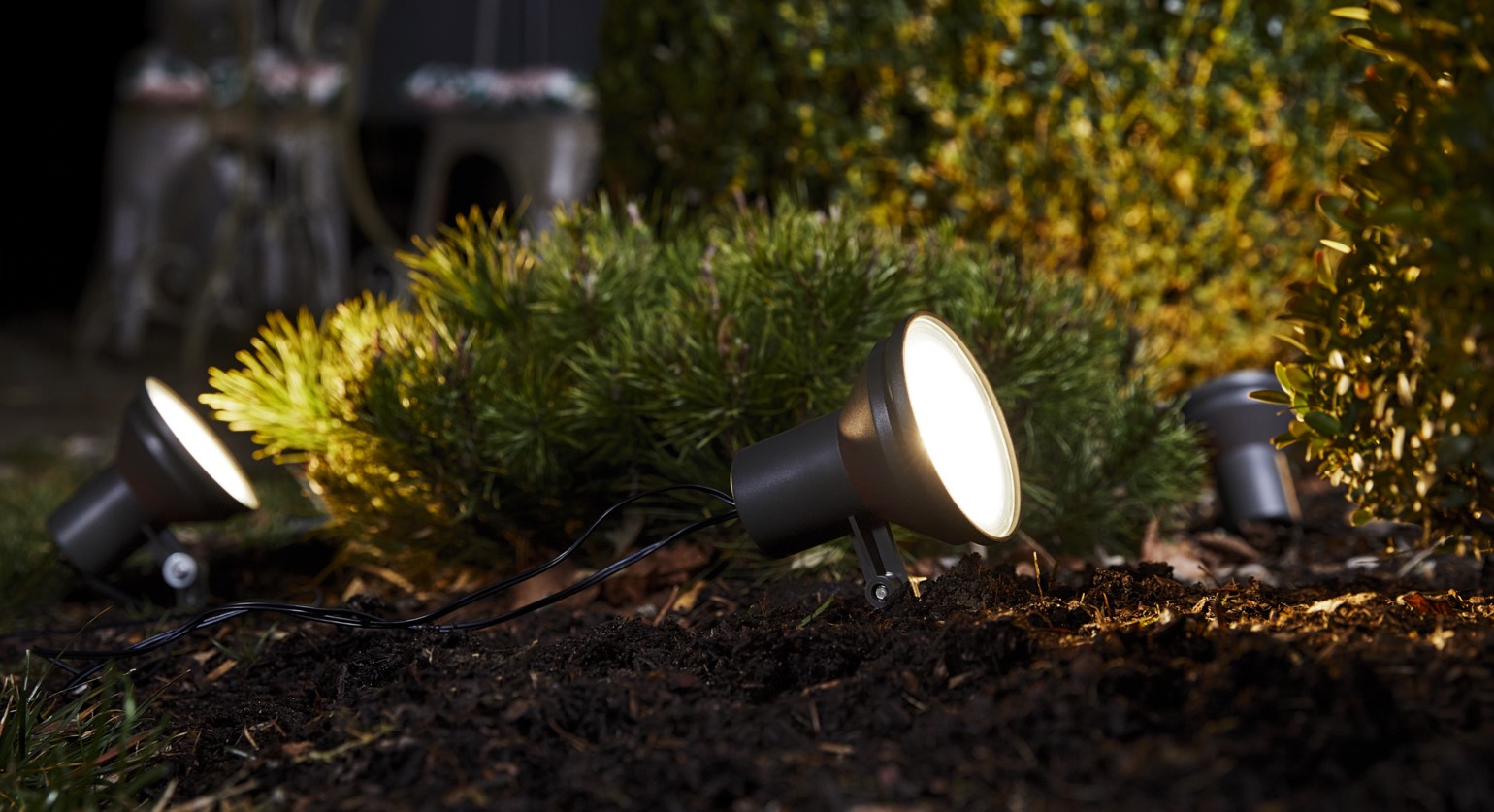
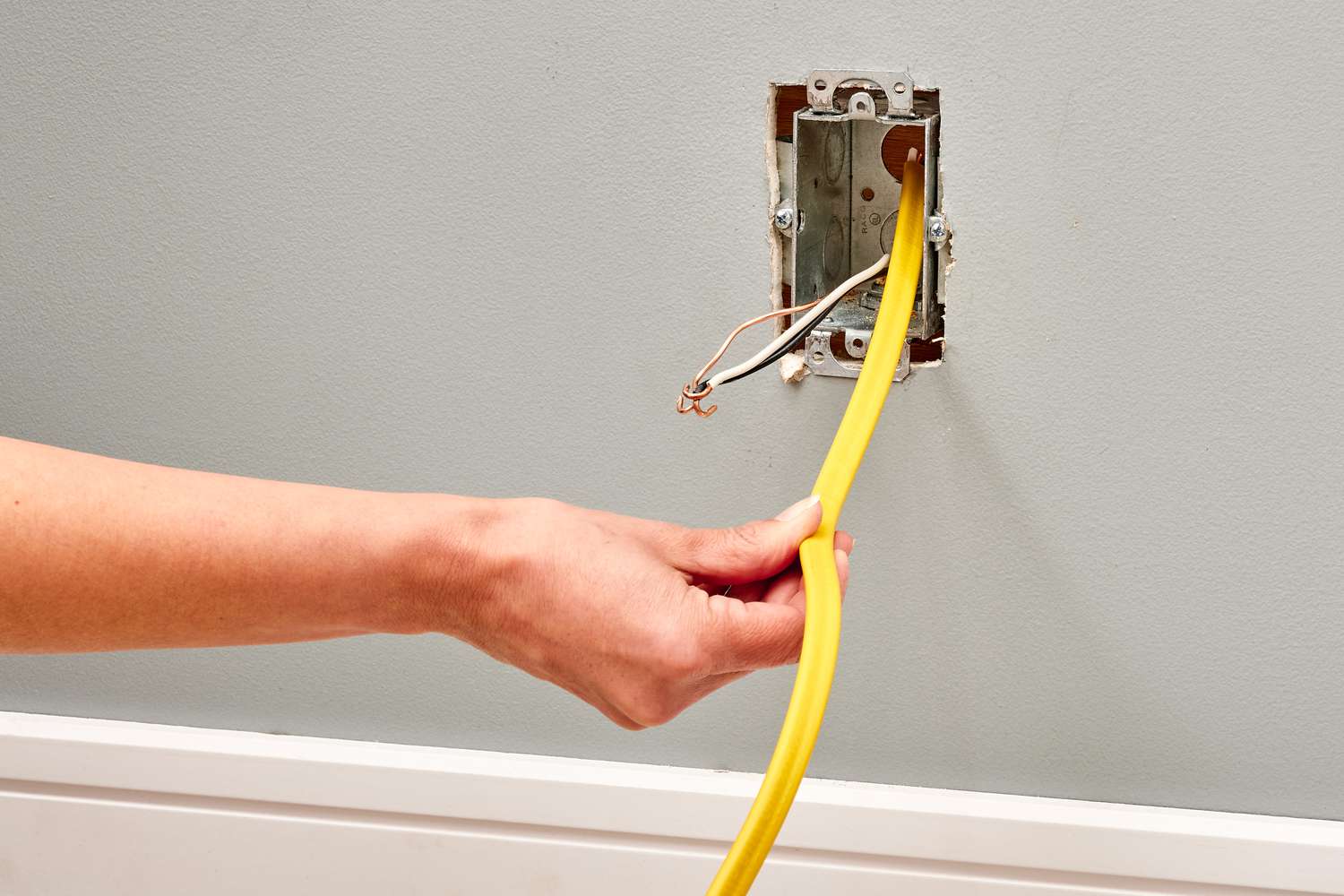
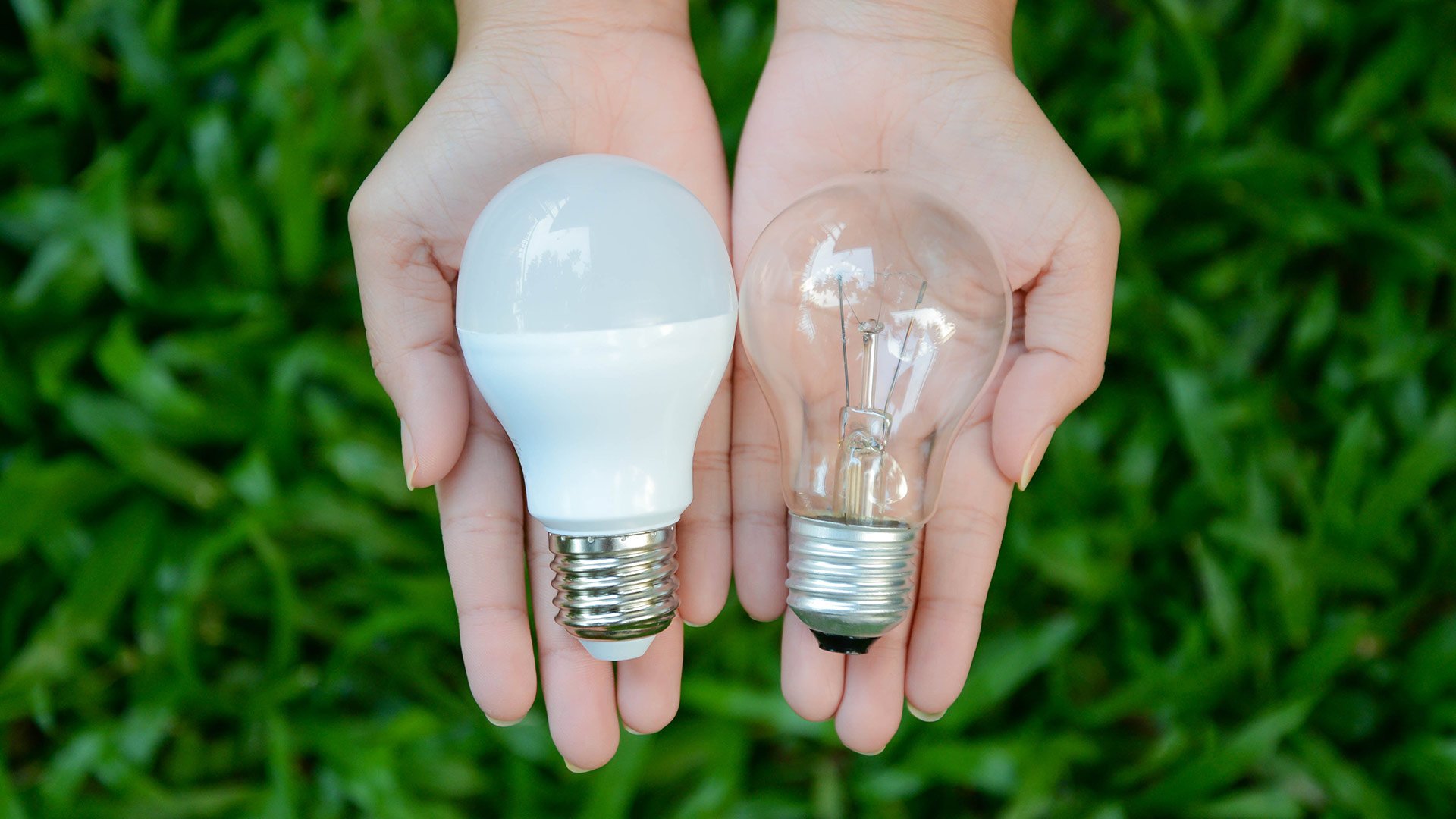
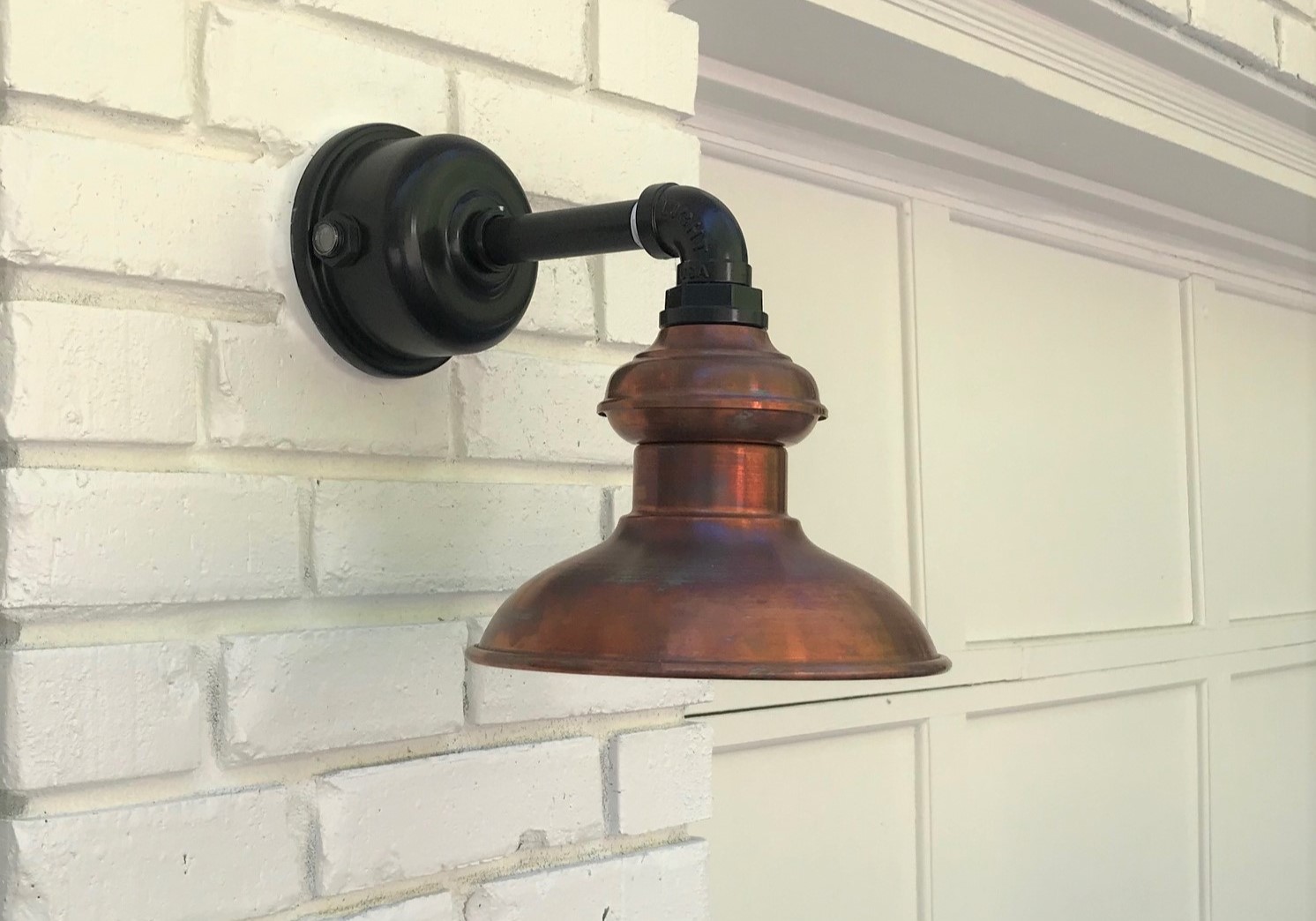
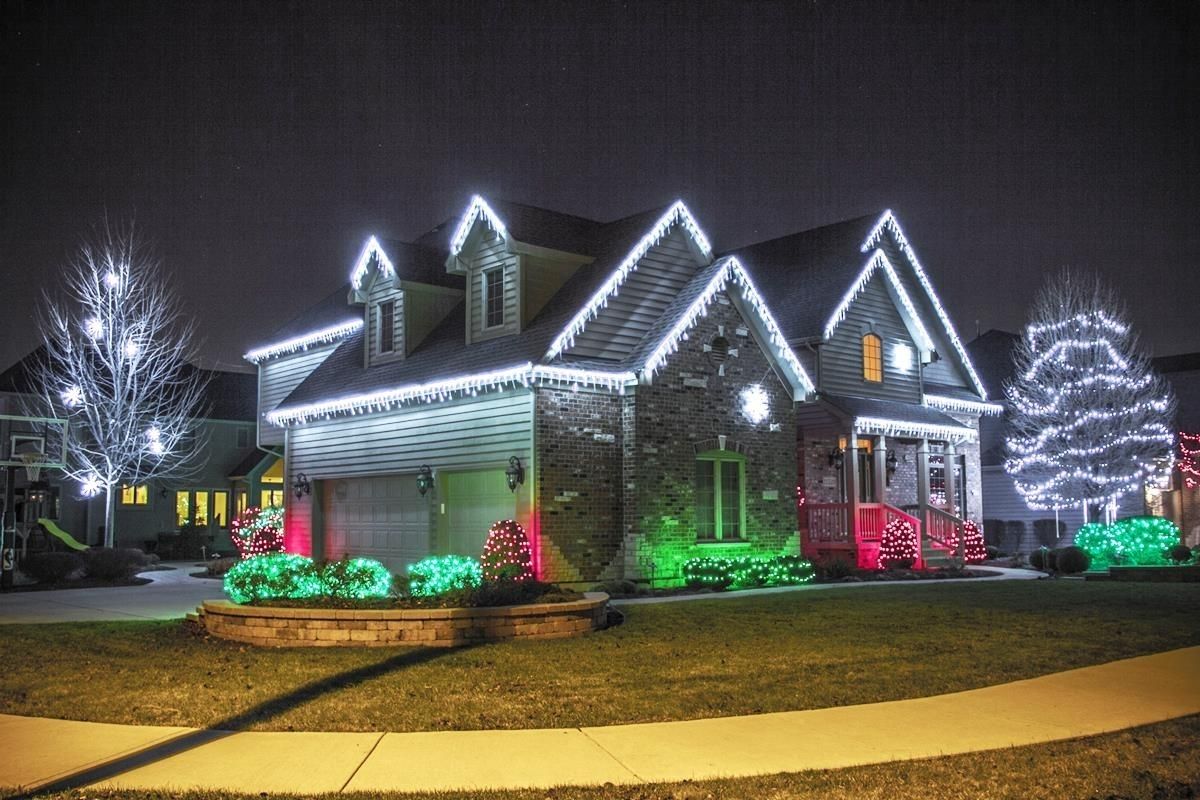
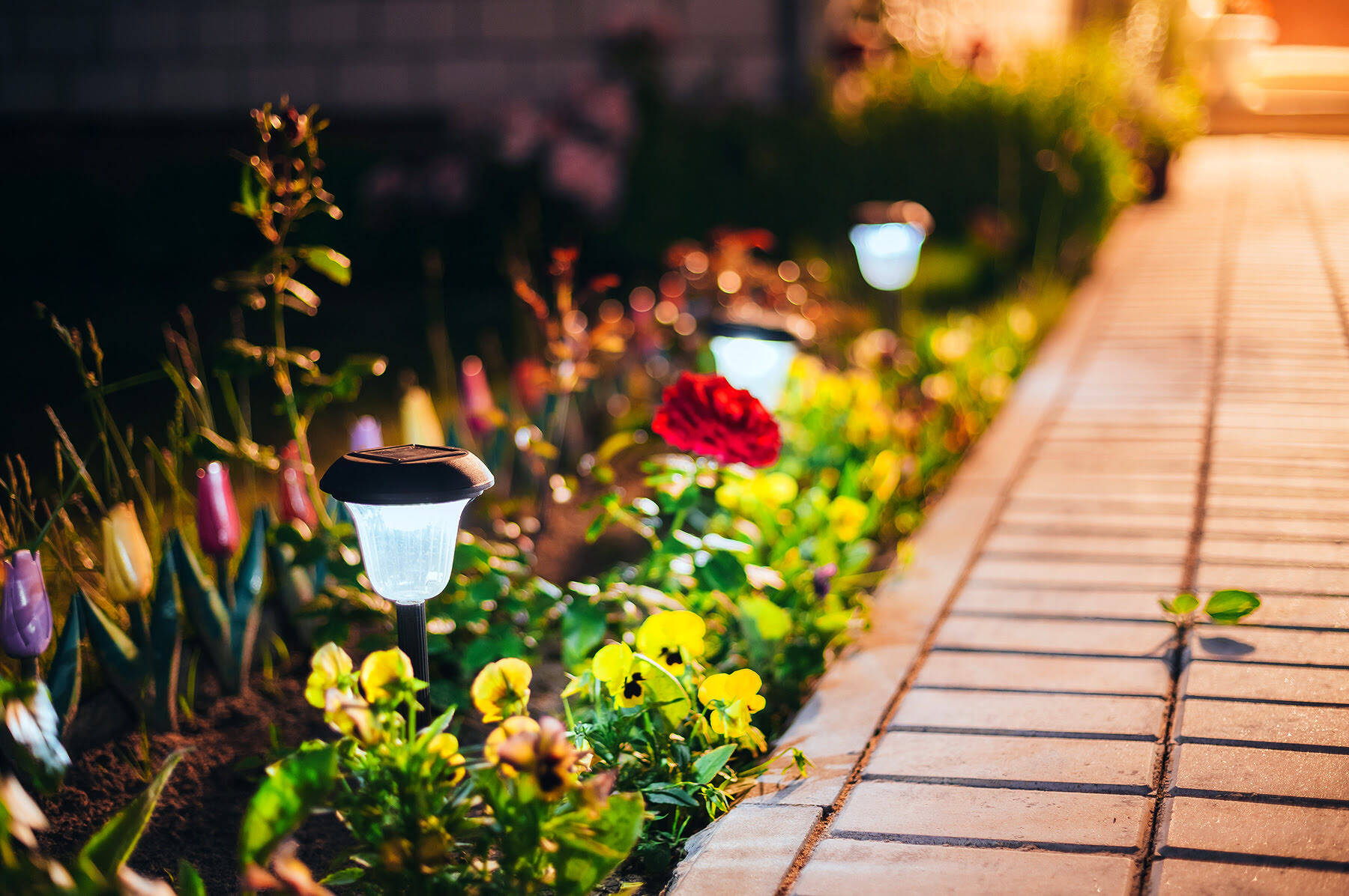
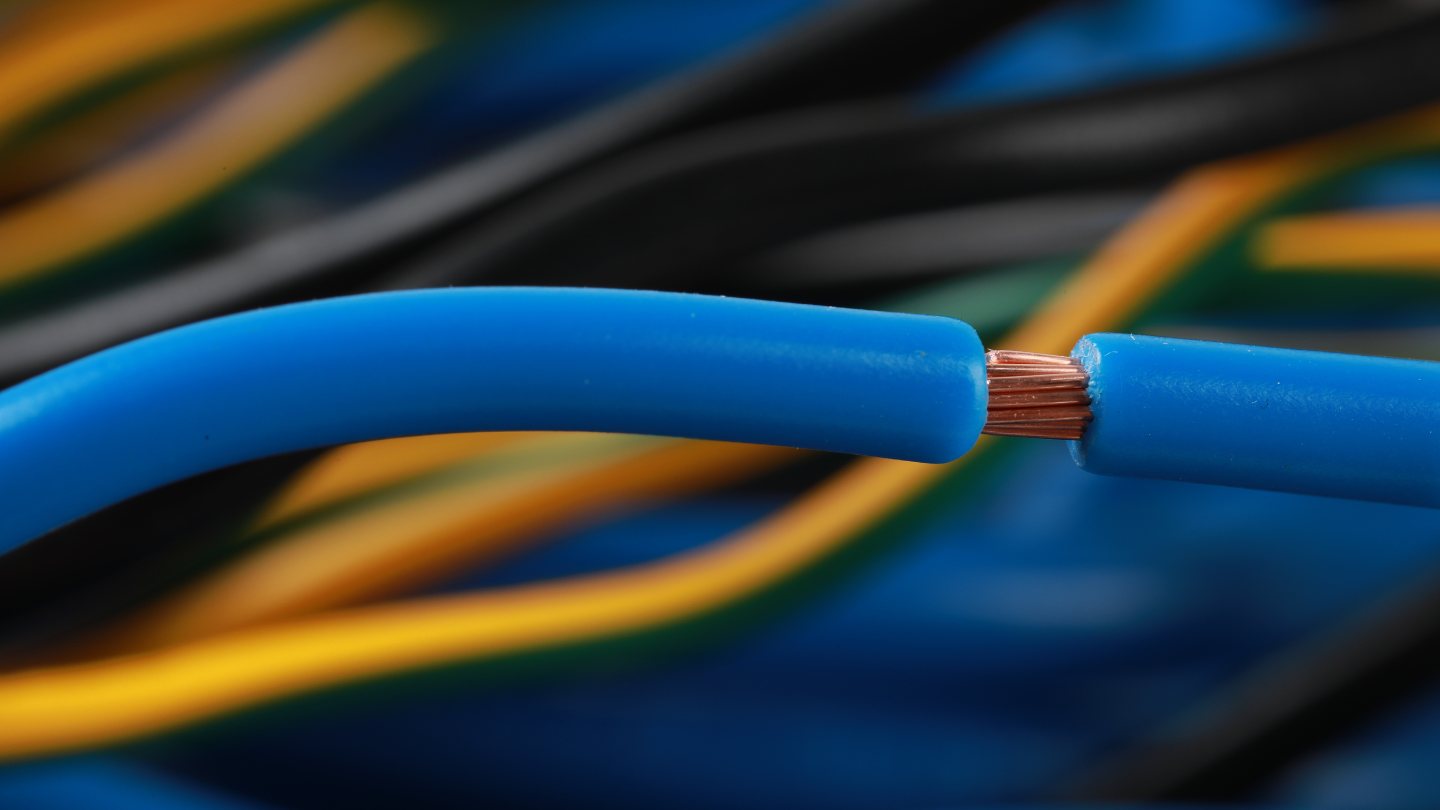
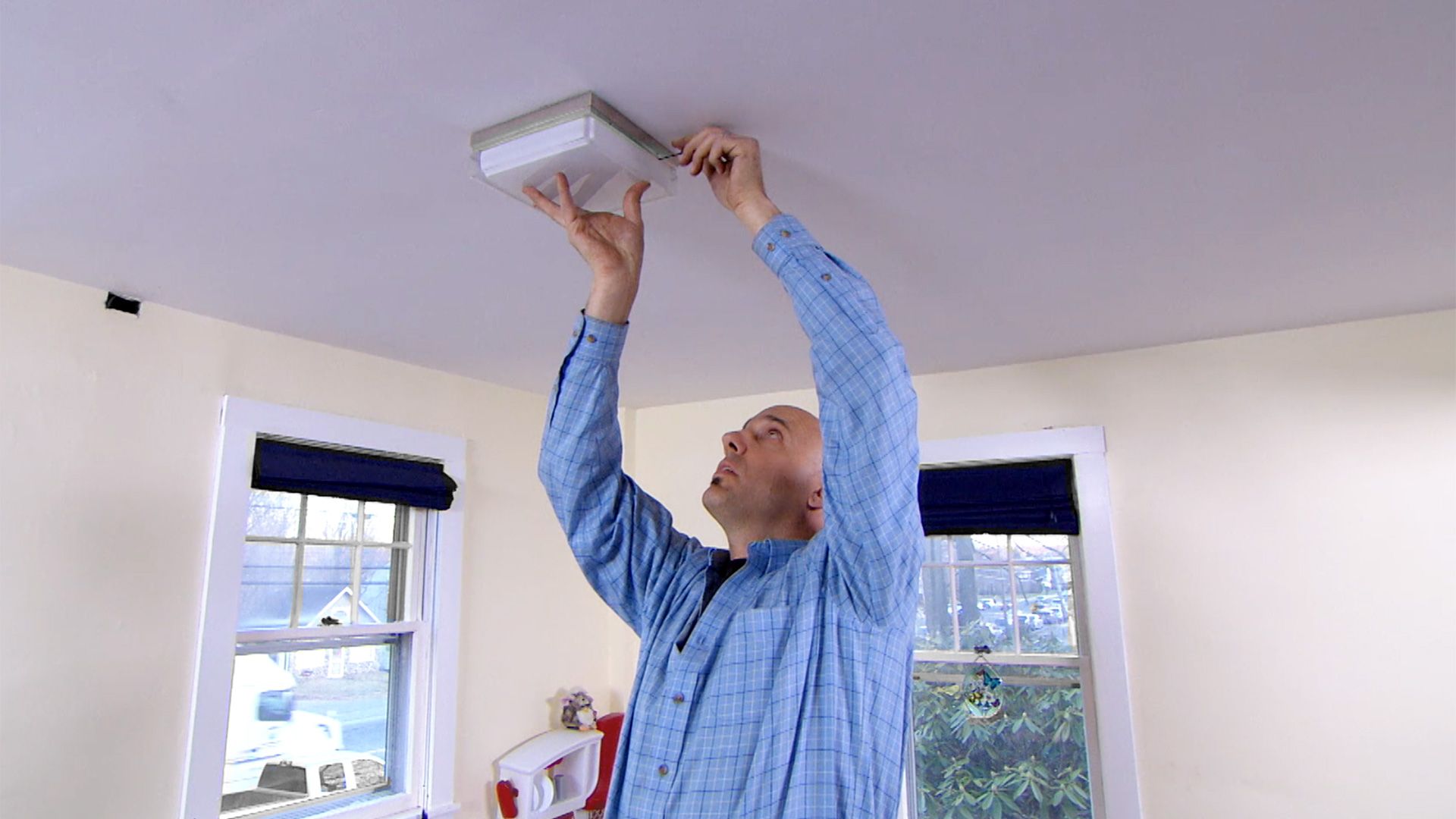

0 thoughts on “What Wire To Use For Outdoor Lighting”